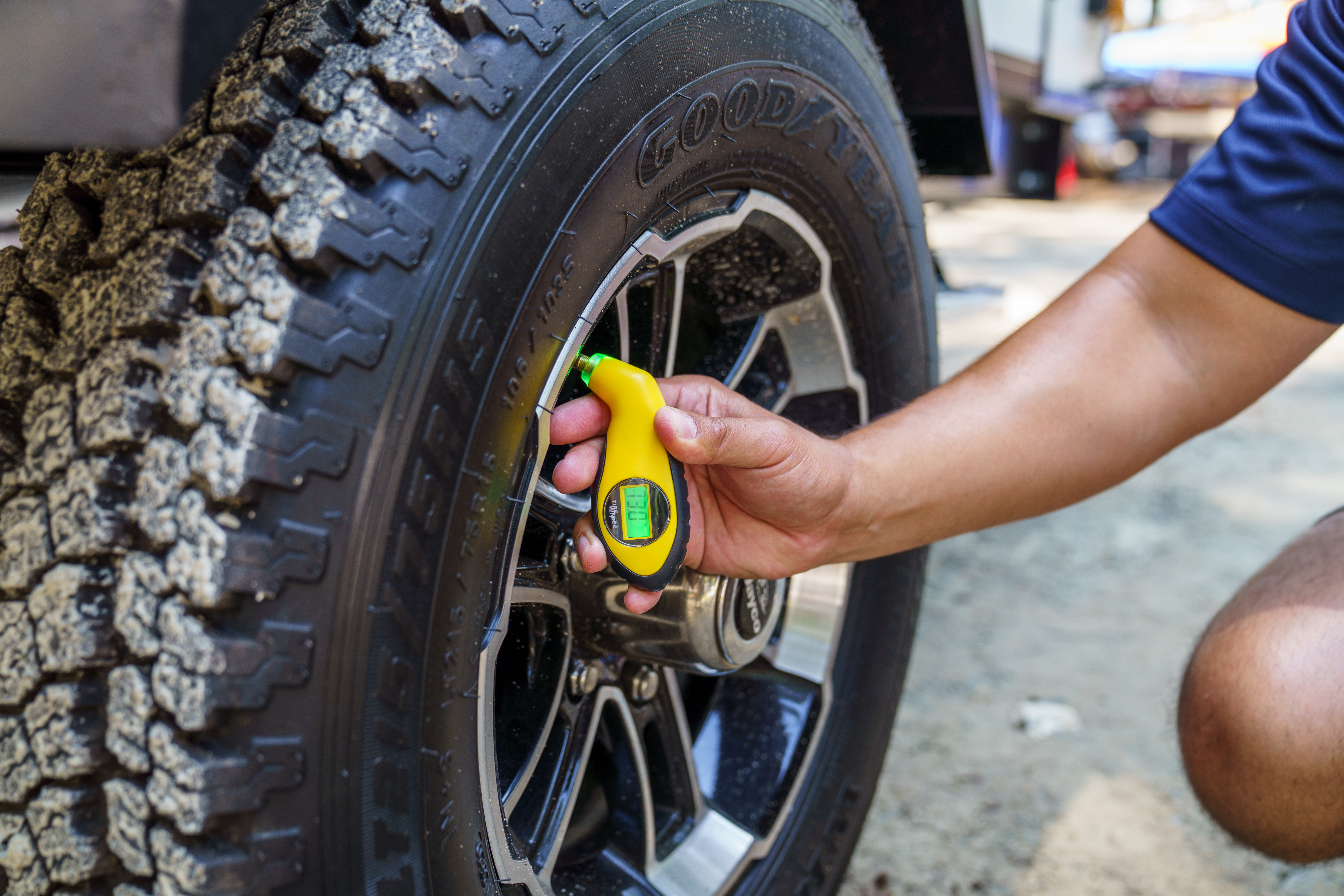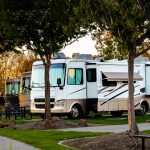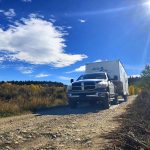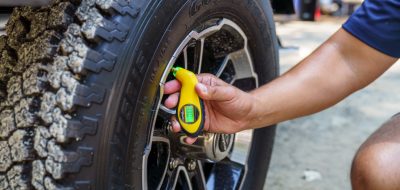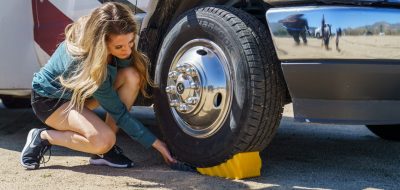RV tires come in various sizes, profiles, wall ply quantities, and rated pressure/load capacities. And all of these rely on compressed air or similar gas to operate. Much of the performance, lifespan, and durability is dependent on the internal pressure being correct for the vehicle’s weight and that it is maintained, and the type of air you put into your tires could affect how well they stay inflated over time. So which is better when choosing between nitrogen vs air to fill your RV tires?
Nitrogen vs air

Correct pressure can protect your tires and increase longevity.
Well, as we all have probably experienced, keeping the air pressure at the required pressure is an ongoing task. It normally requires that the pressures are topped up at least every three months or so. This need is driven by constantly escaping oxygen molecules that are small enough to migrate through the tire casing.
The compressed air found in most auto and truck tires contains about 21% oxygen, 78% nitrogen, and a balance of mixed gases. And, in addition to the oxygen passing through the tire casing, moisture in the air is the other issue. This moisture can be corrosive to both steel and aluminum wheels.
So, what’s a better solution?
Nitrogen in RV tires
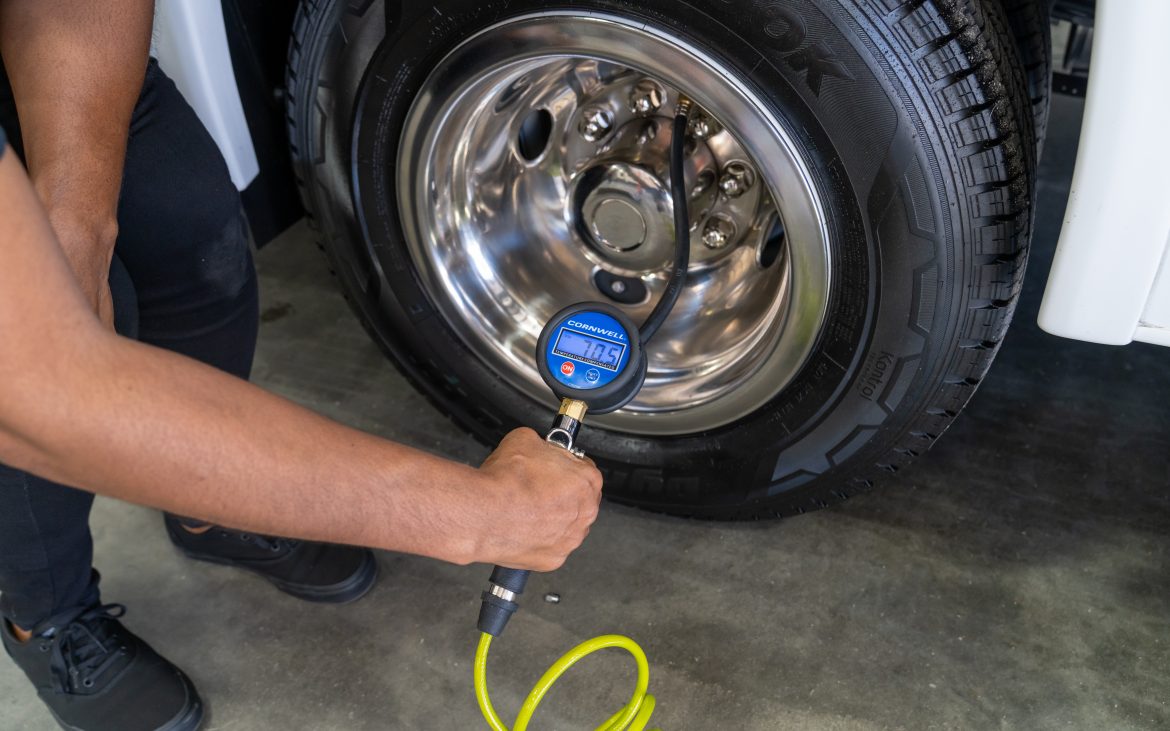
The use of dry nitrogen in place of the normal compressed atmosphere air would meet that need. This offers several advantages. The first of which is less need to top up. Nitrogen doesn’t migrate through the casing like oxygen. Nitrogen also does not expand or retract as much as normal air with the temperature changes in both weather and the heat of driving. This reduces the wide pressure differences experienced between parked and rolling at highway speeds. Additionally, nitrogen is very dry. Therefore, nitrogen-filled tires don’t subject the wheels to the corrosion that the standard humid air-filled tires do.
Can you mix air and nitrogen in tires?
When you need to top off your nitrogen-filled tires due to low pressure, simply go to your local tire service center and let them do the job for you. And if a service center is not near — or your appointment is delayed — normal compressed air can be used to fill or top up an under-inflated tire with no damage to the tire. Just note you will need to purge this air when you have access to nitrogen in order to maintain the benefits of a nitrogen-filled tire.
So, there are certainly benefits derived from using nitrogen-filled tires. They work for high-speed racing cars and for many aircraft tires — and they work for RVs. It’s worth trying. See if you have success. Then at least you can count on less time topping off the tires and more time topping off your evening beverage.
Good Sam Tire & Wheel Protection wants to see your RV tires last as long as possible to prevent unforeseen flats or damaged tires due to low inflation or road hazard. Nitrogen-filled tires can help, but make sure you have a backup plan to get back on the road on fresh tires in the event of an emergency.
